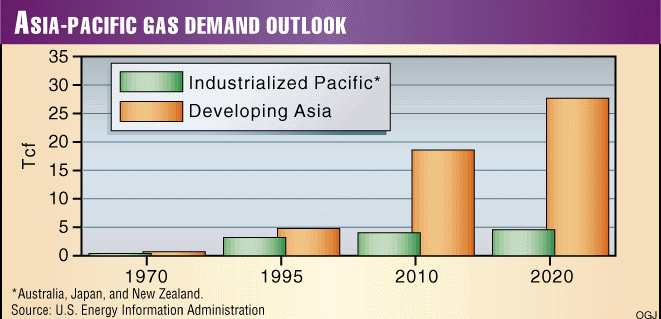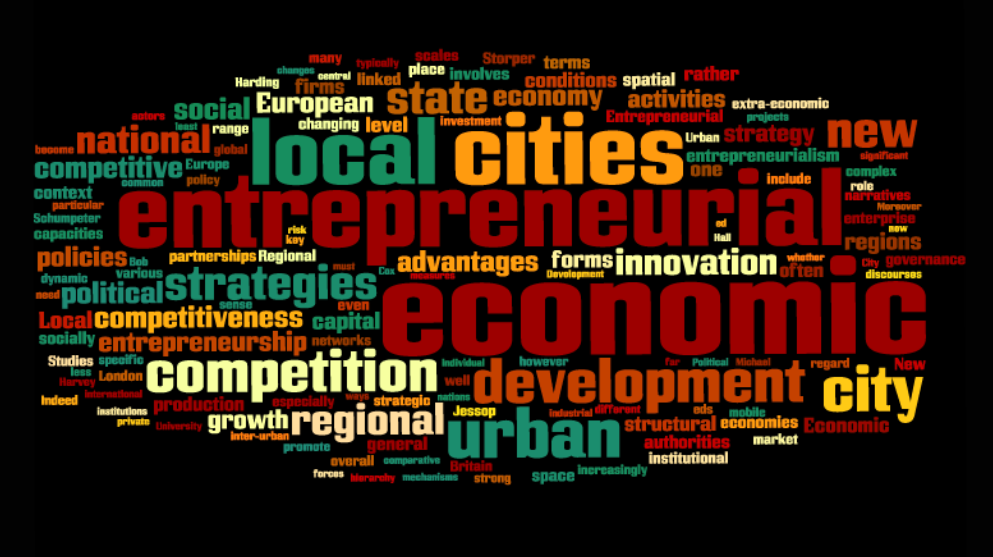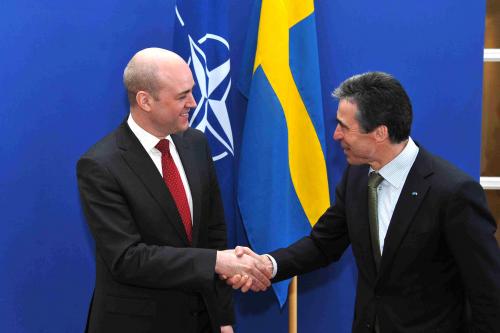Canada currently has one of the most successful economies in the world, largely due to our strong connection with the United States. Historically, the economic relationship between Canada and the United States has been tight-knit and mutually beneficial. The United States is the recipient of 75% of Canadian exports, and Canada receives the largest share of American exports at 18%. Even though Canada enjoys a special status in the United States, the fact that Canada relies on the United States to receive the lion’s share of its exports suggests that Canada is perhaps too dependent on our neighbours to the south to prop up our economy. In that vein, the prospect of trade diversification- building stronger economic relationships with other countries and regions in order to supplement our pool of trade partners- has been discussed in Canadian politics for decades but has taken on a new urgency in the last ten years. The share of non-US exports from Canada increased from 13% in 2001 to 25% in 2009, but that number has remained fairly stagnant over the last five years.
So it is clear that Canada does the bulk of its trade with the United States. The question that many Canadians have is whether or not this is a problem. Some view this deep economic integration as a good thing, as our relationship with the United States is very stable and low risk. Much of Canadian economic success in the past has stemmed from our strong relationship with the United States. In fact, there is a sense that even deeper economic integration between the United States and Canada is required to withstand the onslaught of economic growth and expansion from developing economies in Asia and South America.
However, it is not clear that expansion from developing economies has had a huge impact on Canadian performance on the global economic stage thus far, and in fact, those economies represent important avenues for Canadian trade diversification.
The Harper government has been relatively serious about brokering free trade agreements (FTA’s) with new trade partners. The Global Markets Action Plan, released by the Canadian government in 2013, explicitly states the need to diversify trade and investment beyond the United States.
In this vein, Canada is concluding a broader FTA with the European Union, the Comprehensive Economic and Trade Agreement (CETA). The CETA is the most ambitious FTA that Canada has ever pursued, and will expand Canada’s role in the international economy significantly. The CETA will eliminate 98% of tariffs and grant Canada access to a 28-country market, and will streamline trade between Canada and the EU significantly.
However, while the recent integration with the EU should prove lucrative for Canadian businesses, there needs to be expansion into the Indo-Pacific region if Canada wants to take advantage of those rapidly growing economies, especially since our American and European colleagues are already doing so.
The Indo-Pacific region in particular represents both a challenge and an opportunity for Canada, as this region is quickly becoming a huge consumer of petroleum and natural gas. By 2030, India is slated to become the third-largest importer of petroleum in the world. China has already become a super-consumer of oil and natural gas, and both of these states lack the indigenous energy sources to depend on any strategy based on energy self-sufficiency. However, it is not just these two powerhouse economies that are in need of petroleum and natural gas; Asia in general is experiencing a period of rapid economic growth, and by 2050 the region will generate more than 50% of global GDP. In order for this rate of economic expansion to remain sustainable, the region needs reliable access to energy.

The opportunity for Canada, particularly our energy industry, is clear. Especially in light of the stalled negotiations with the United States regarding the Keystone pipeline, strengthening trade with the Indo-Pacific could be beneficial for all parties involved. There are of course obstacles to expanding trade into the Indo-Pacific. Inter-regional tensions pose a significant transportation issue; the Strait of Malacca in particular is the route of 18% of the world’s petroleum, and is vulnerable due to territorial disputes in the South China Sea. Whoever controls this route will have a distinct advantage over their regional competitors in the energy industry, and Canada will need access to this shipping lane and others in order to expand energy exports into the region.
In addition, to keep our own human rights record and international reputation in tact, Canada needs to tread carefully when negotiating trade agreements with potentially oppressive or unstable regimes. The Caucasus region in particular is home to several repressive governments, and Freedom House classifies only 43% of states in the Asia-Pacific as free. However, while Canada needs to be cognizant of regional tensions, the opportunities for trade diversification in the Indo-Pacific, particularly as the energy needs for that region grow in the coming decade, are invaluable.
Canada has explicitly stated its commitment to expanding Canada’s global economic scope in the coming years in its Global Markets Action Plan, and the CETA with the European Union is a good first step. However, diversifying trade beyond traditional western allies could be essential to sustaining Canada’s current level of economic success and help Canadian businesses compete in a more internationalized trade environment.




